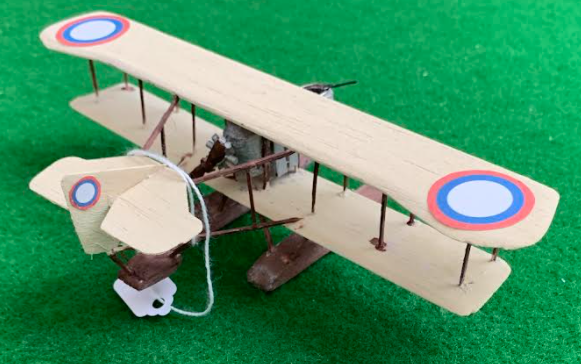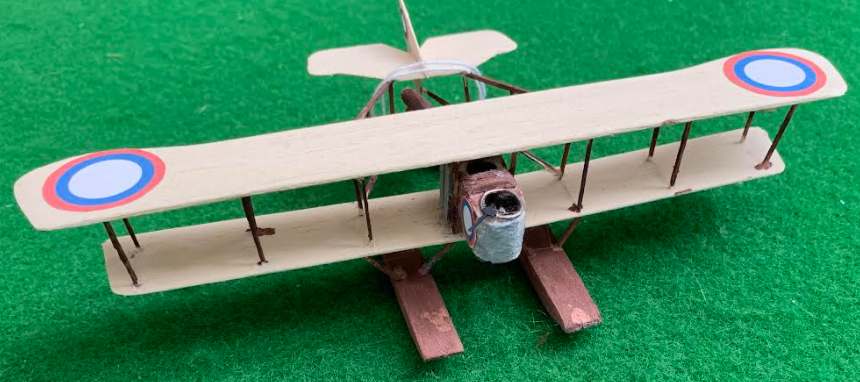Grigorovich M-16
Grigorovich M-16 was a successful Russian World War I-era biplane flying boat of the Farman type, developed from the M-9 by Grigorovich. Somewhat larger than the M-9, the M-16 was a version especially intended for winter operations, with better aerodynamic qualities.
The double-float seaplane was designed by DP Grigorovich in 1916 with the aim of being used in winter conditions with the ability to land on water, ice and snow. Between 36 and 40 copies were built and used with some success by the Baltic Sea Fleet .
The M-16 was born in the form of a single-engine biplane with a short crew nacelle held between planes by a system of struts and powerplant moving a drive propeller.
The wing plan, similar in construction to that of the M-9 model , was characterized by presenting a large area, necessary to improve the suspension in a heavy aircraft with little engine power. The wing had an uneven span and three sections with supports and bracing using tension cables. Two flat-bottomed floats with a large support surface, necessary to operate on snow, were attached to the soffit of the lower plane. Each float weighed about 77 kg, to which had to be added a third very wide unit located under the tail region and weighing 8 kg. The tail unit featured a single drift and rudder assembly; Although with a general configuration similar to that of the M-15 hydrofoil, the rudder of the new aircraft extended behind the horizontal planes, and the stabilizers were supported by four spars coming from the wings. The central gondola, Farman type , accommodated the crew members located in tandem, the instrumentation, the machine gun and the fuel. Aft of the nacelle was a liquid-cooled 150-hp Salmson radial engine that powered a two-bladed propeller, and the radiators were located on the sides of the nacelle.
The defensive armament consisted of a Lewis , Maxim or Vickers machine gun located forward on a mobile mount and operated by the observer. The M-16 could carry up to 100 kg of small bombs.


